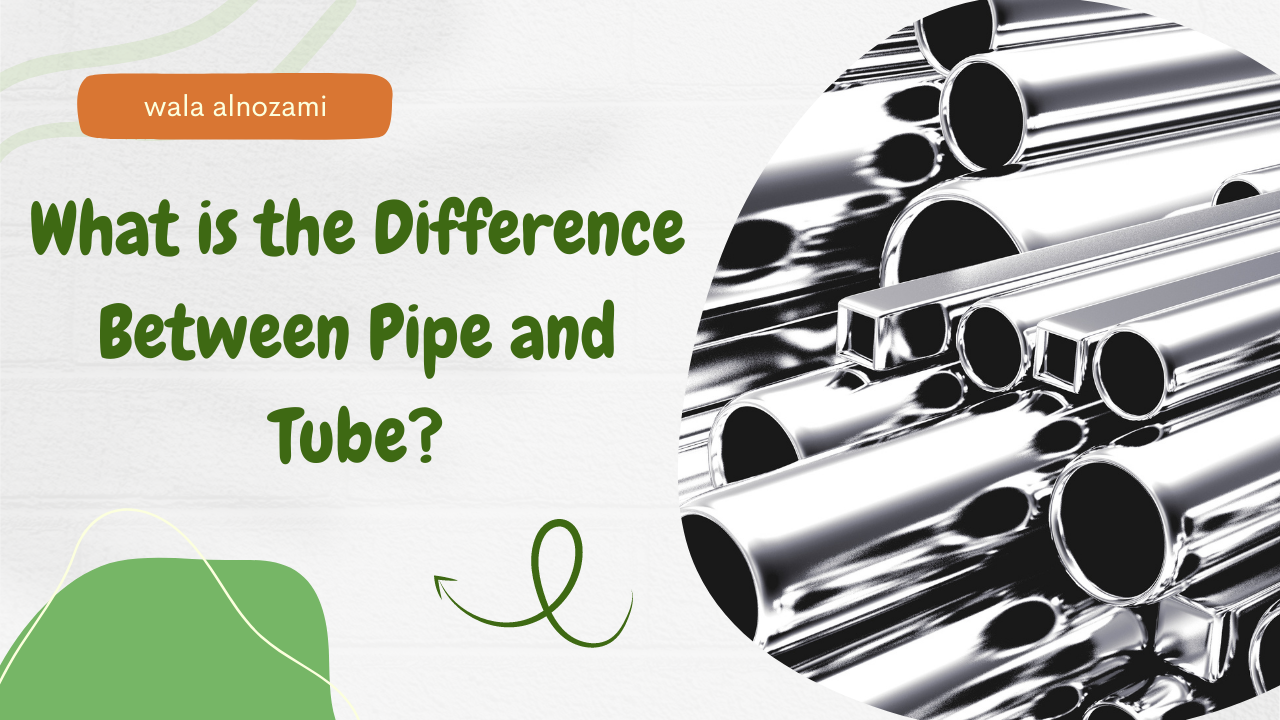What is the Difference Between Pipe and Tube?

The difference between pipe and tube include:
- Shape
- Measurement
- Telescoping Abilities
- Rigidity
- Applications
- Metal Types
- Size
- Strength
Shape
Pipes are always round in shape.
Tubes can be square, rectangular or round, as shown in the image to the right.
Measurement
Pipes are only provided with an inside (nominal) diameter and a “schedule” (which means wall thickness). There’s an easy way to remember this: since pipe is used to transfer fluids or gas, the size of the opening through which the fluids or gas can pass through is probably more important to you than the outer dimensions of the pipe.
Tube measurements, on the other hand, are provided as an outside diameter and set ranges of wall thickness.
Telescoping Abilities
Tube can be telescoped. Remember to account for the flash weld inside the tube. Pipe, on the other hand, does not have a flash weld. DOM (Drawn over Mandrel) Tube is the best material for telescoping because the inside flash weld has been removed.
Rigidity
Although copper and brass tubes can be shaped relatively easily,
tubes are typically rigid.
Pipes, on the other hand, are invariably rigid and cannot be shaped without special equipment.
Applications
Only pipes are pressure rated and intended to be used for the transference of fluids or gas.
Tubes are used in structural applications.
Metal Types
Tube is available in hot rolled steel and cold rolled steel.
Pipe is typically black steel (hot rolled).
Both items can be galvanized.
Size
Pipe is typically available in larger sizes than tube.
Strength
Tube is stronger than pipe.
What is Pipe?
Pipe is a hollow section with round cross section for the conveyance of products.
The products include fluids, gas, pellets, powders and more.
The most important dimension for a pipe is the outer diameter (OD) together with the wall thickness (WT).
The thickness of a steel pipe is designated with a “Schedule” value.
Shape: Round only.
| Production range | Extensive (up to 80 inches and above) |
| Delivery time | Can be short |
What is Tube?
The name TUBE refers to round, square, rectangular and oval hollow sections that are used for pressure equipment,
for mechanical applications, and for instrumentation systems. (heat exchange)
The most important dimensions for a steel tube are the outside diameter (OD) and the wall thickness (WT).
Shape: Round, rectangular, square, oval.
| Production range | A narrower range for tubing (up to 5 inches), larger for steel tubes for mechanical applications |
| Delivery time | Generally longer |


